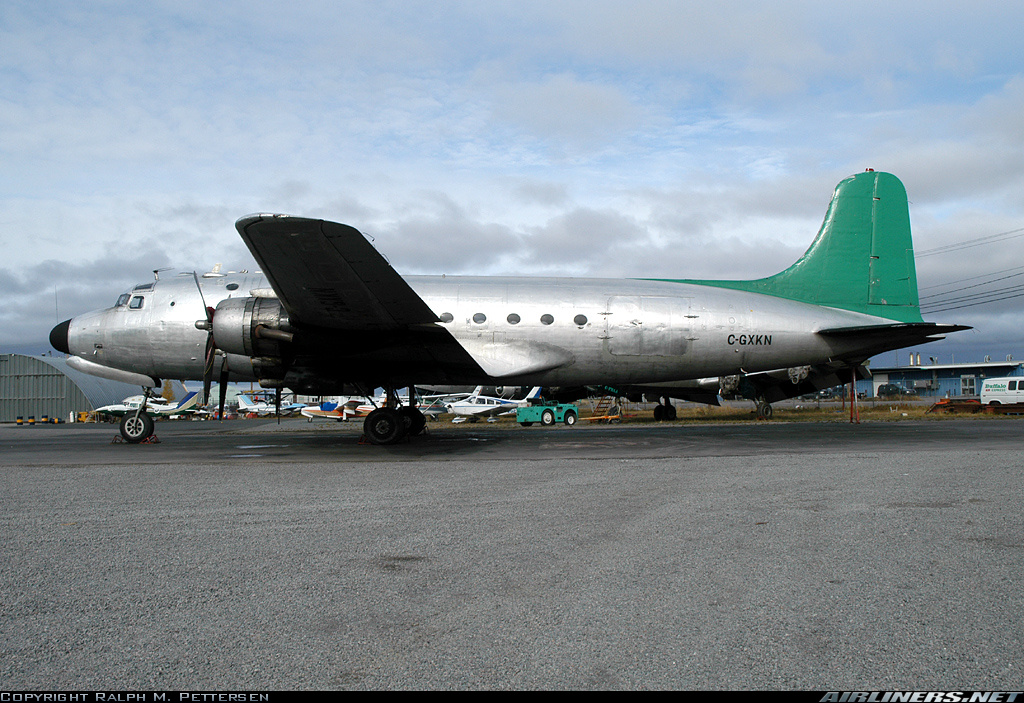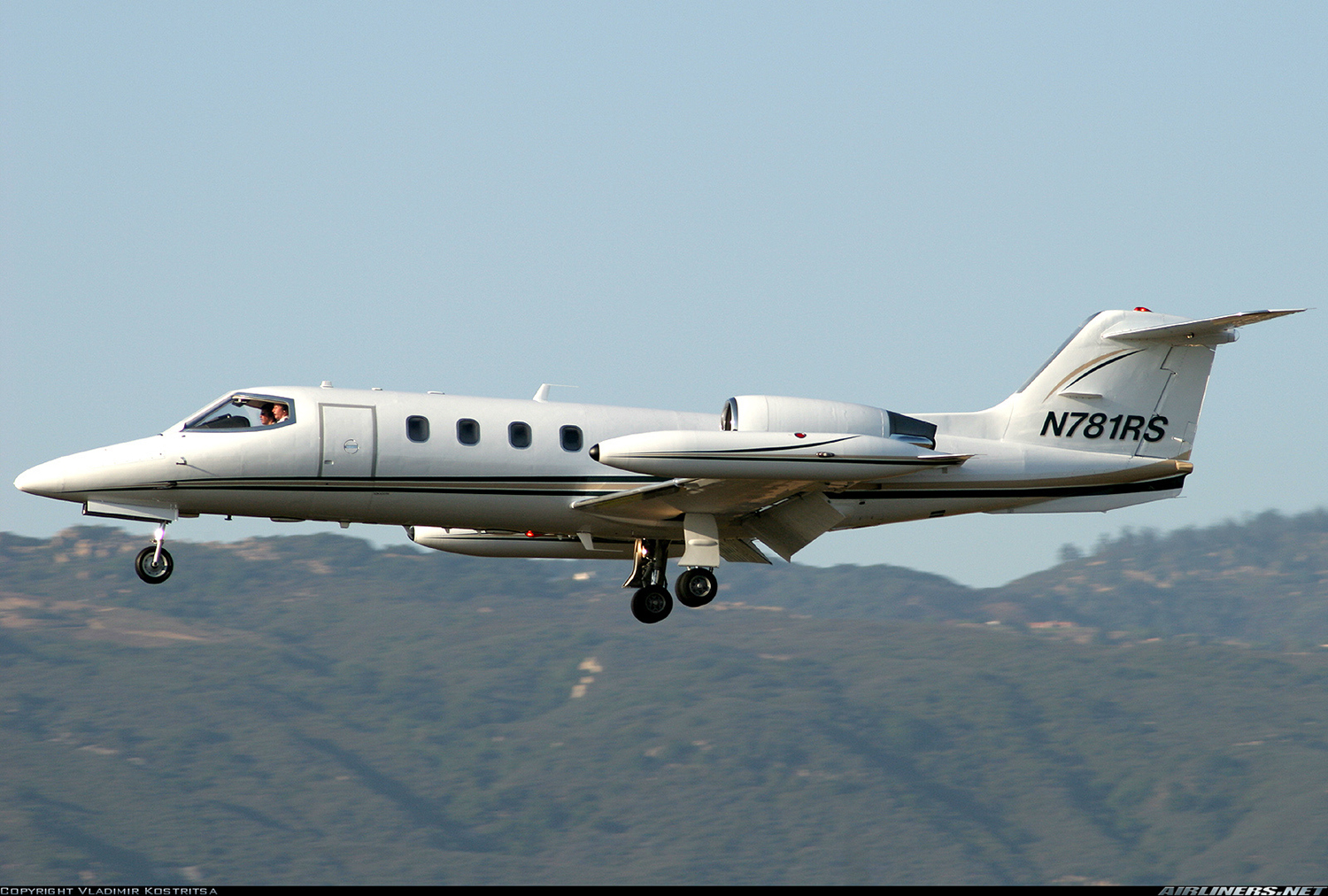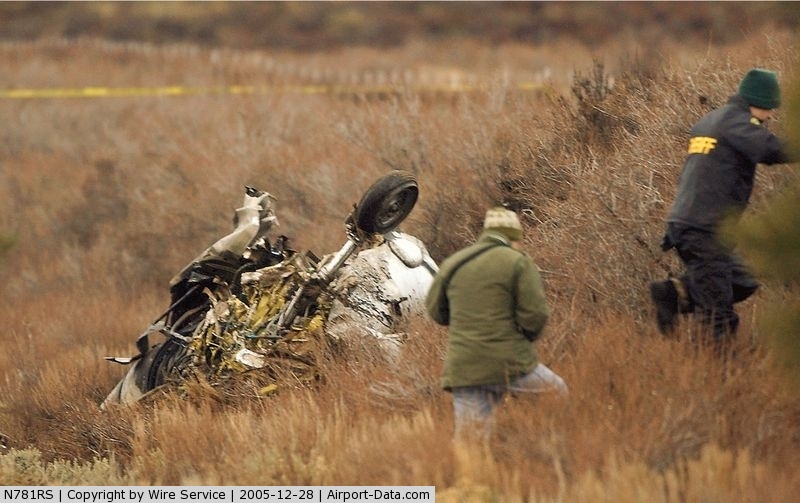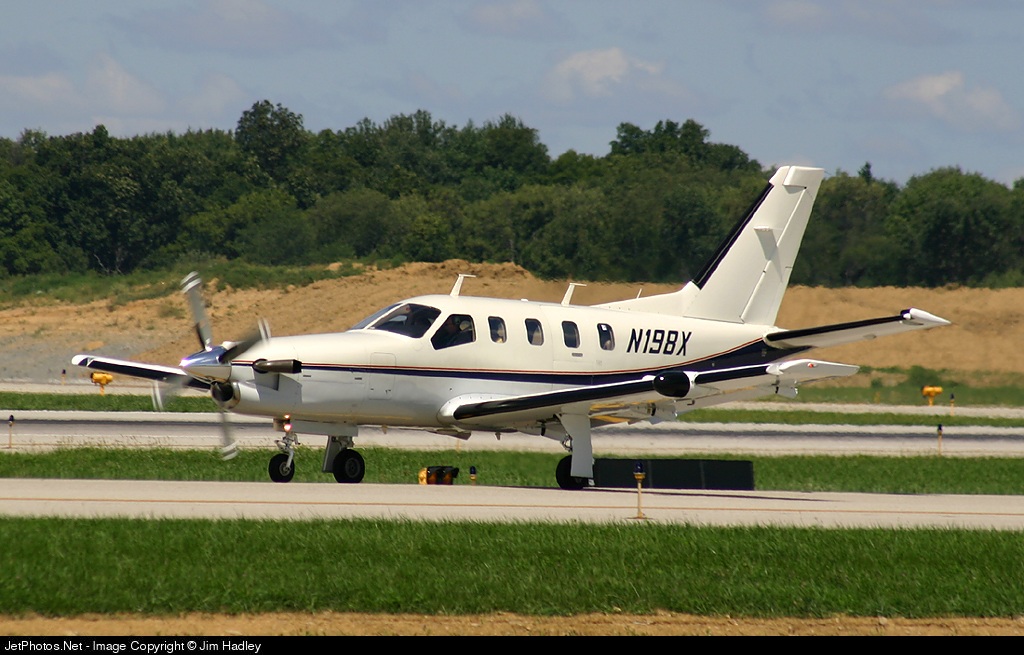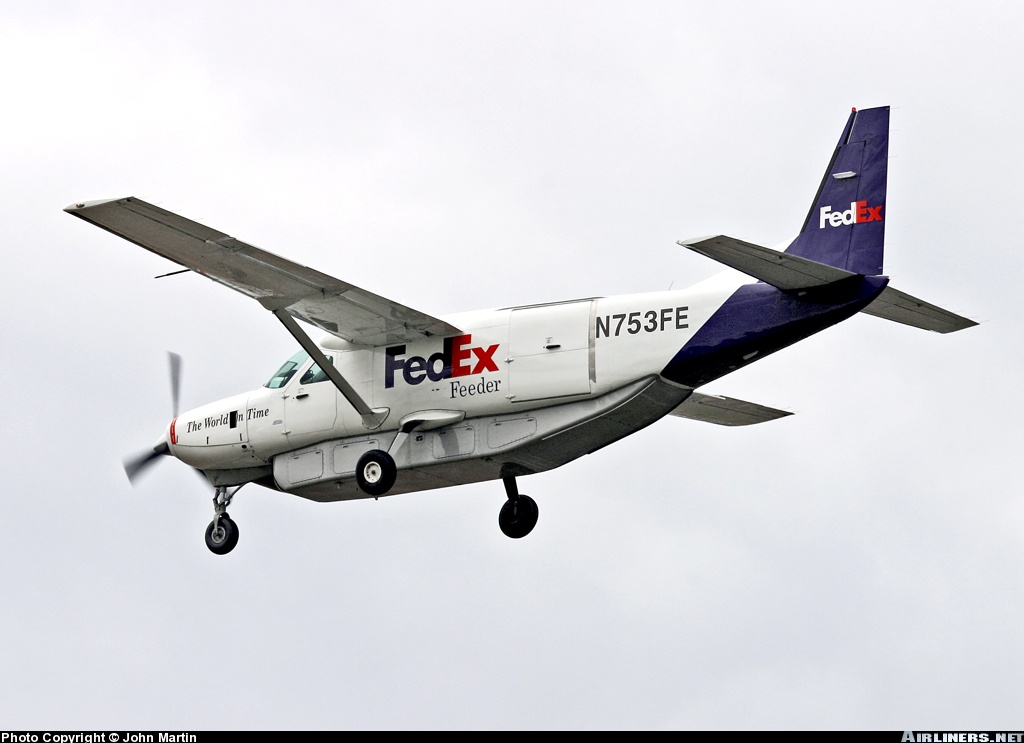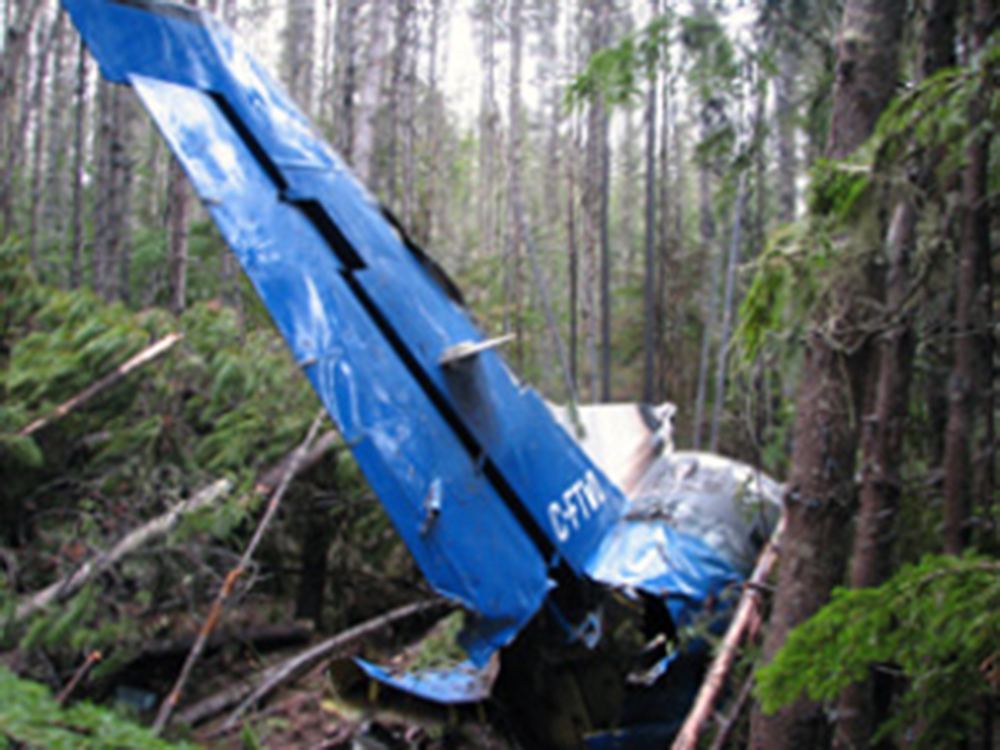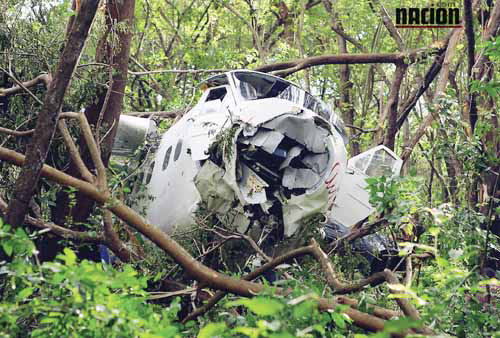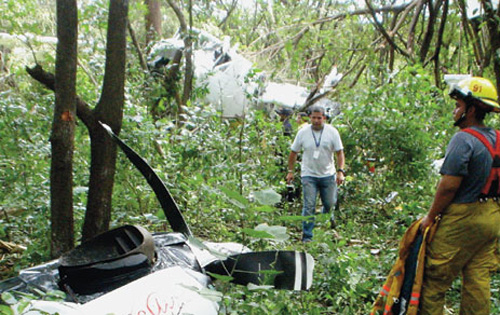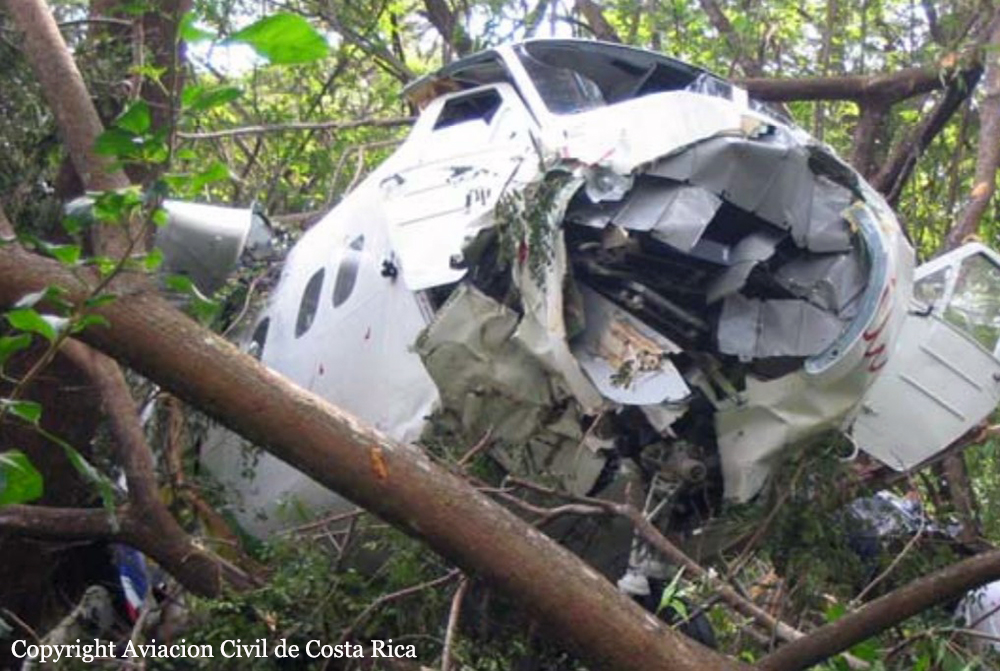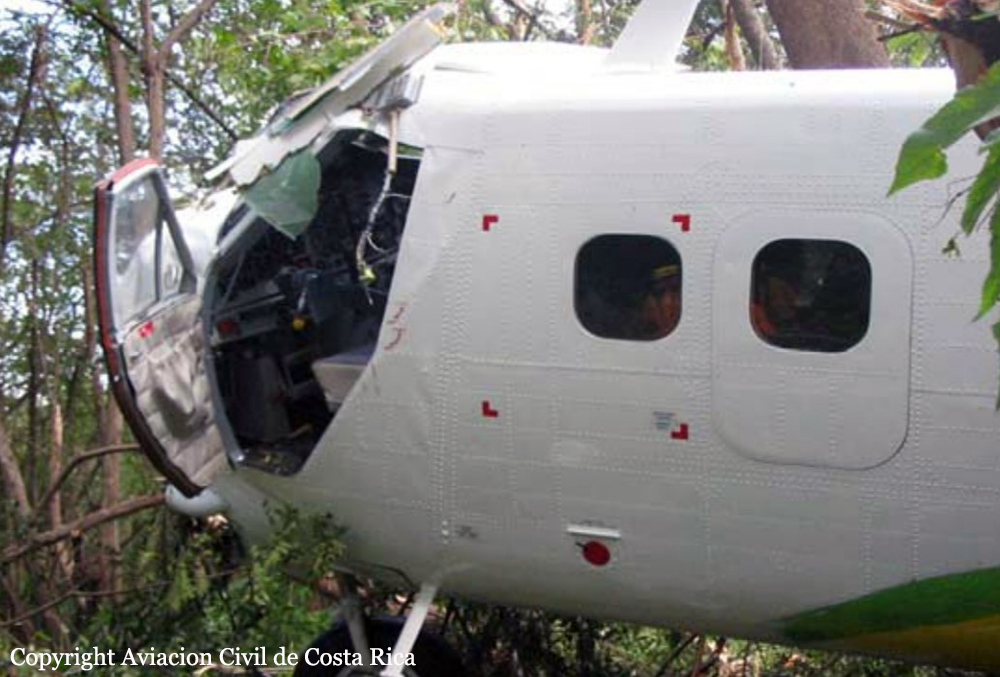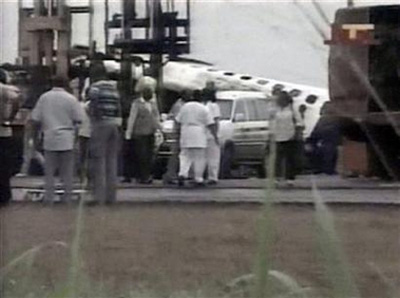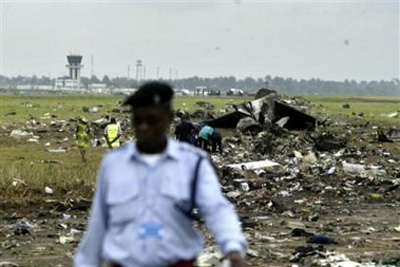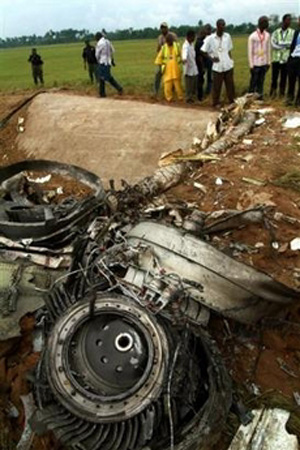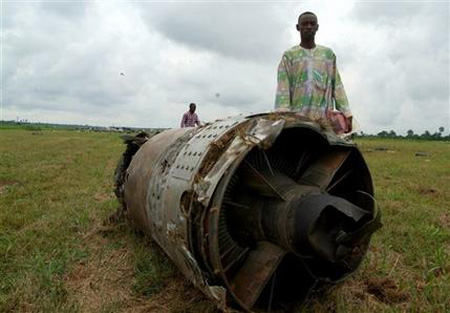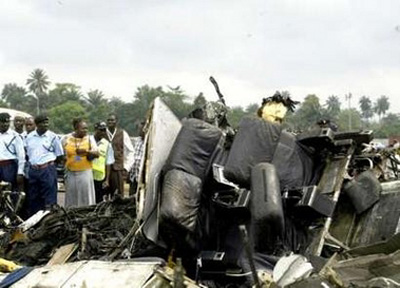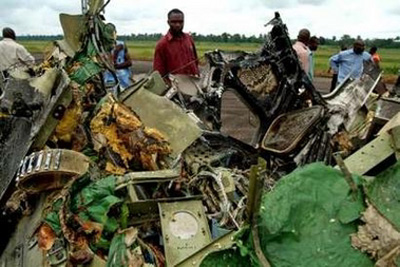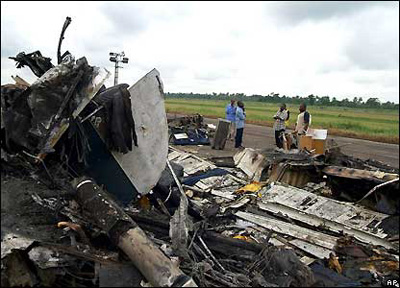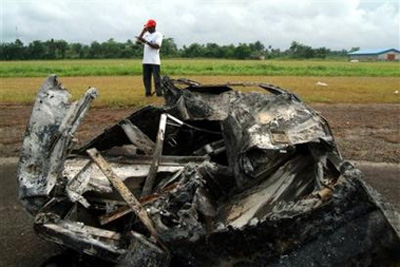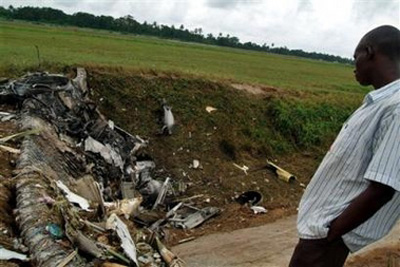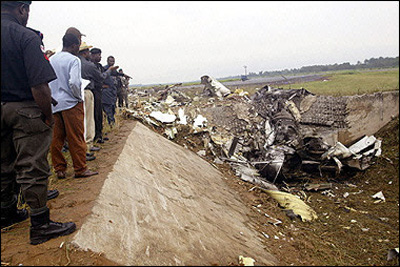Crash of a Douglas C-54G-15-DO Skymaster in Norman Wells
Date & Time:
Jan 5, 2006 at 1704 LT
Registration:
C-GXKN
Survivors:
Yes
Schedule:
Norman Wells – Yellowknife
MSN:
36090
YOM:
1946
Flight number:
BFL1405
Crew on board:
4
Crew fatalities:
Pax on board:
0
Pax fatalities:
Other fatalities:
Total fatalities:
0
Circumstances:
The Buffalo Airways Limited Douglas C-54G-DC (DC-4), registration C-GXKN, serial number 36090, departed from Norman Wells, Northwest Territories, at 1749 mountain standard time for a visual flight rules flight to Yellowknife, Northwest Territories, with a crew of four and 2000 pounds of cargo. While climbing through an altitude of approximately 3500 feet above sea level, the crew experienced a failure of the number 2 engine and a nacelle fire. The crew carried out the Engine Fire Checklist, which included discharging the fire bottles and feathering the number 2 propeller. The fire continued unabated. During this period, an uncommanded feathering of the number 1 propeller and an uncommanded extension of the main landing gear occurred. The crew planned for an emergency off-field landing, but during the descent to the landing area, the fuel selector was turned off as part of the Engine Securing Checklist, and the fire self-extinguished. A decision was made to return to the Norman Wells Airport where a successful two-engine landing was completed at 1804 mountain standard time. The aircraft sustained substantial fire damage, but there were no injuries to the four crew members on board.
Probable cause:
Findings as to Causes and Contributing Factors:
1. Airworthiness Directive AD 48-12-01 mandates the replacement of the potentially hazardous fuel line, but the line had not been replaced on this aircraft.
2. A fuel leak from the main fuel inlet line in the engine compartment of this cargo DC-4 caused an in-flight fire that spread into the nacelle and wing.
3. The fuel-fed fire burned for an extended period of time because turning the fuel selector off is not required as part of the primary Engine Fire Checklist.
1. Airworthiness Directive AD 48-12-01 mandates the replacement of the potentially hazardous fuel line, but the line had not been replaced on this aircraft.
2. A fuel leak from the main fuel inlet line in the engine compartment of this cargo DC-4 caused an in-flight fire that spread into the nacelle and wing.
3. The fuel-fed fire burned for an extended period of time because turning the fuel selector off is not required as part of the primary Engine Fire Checklist.
Final Report:
